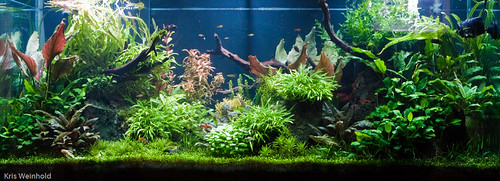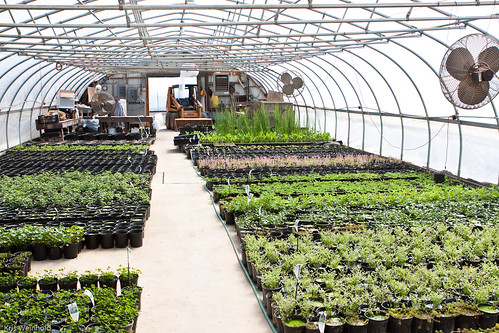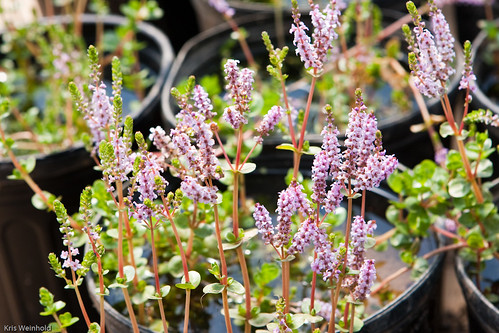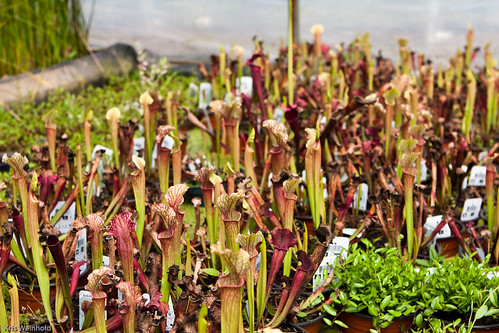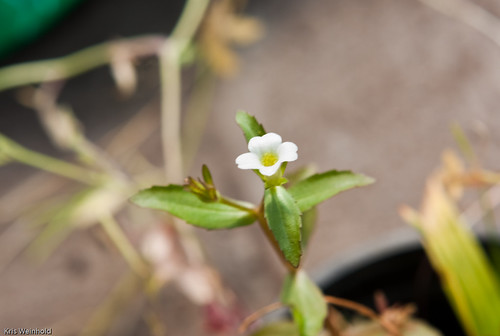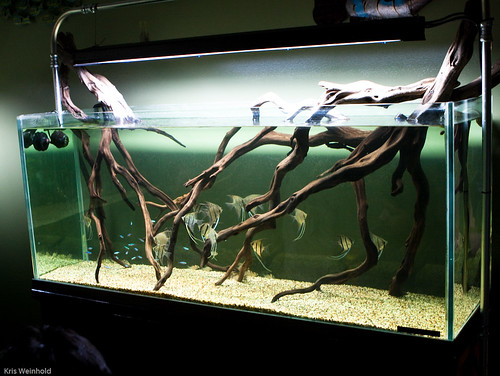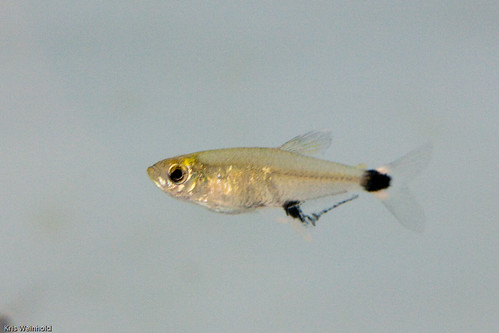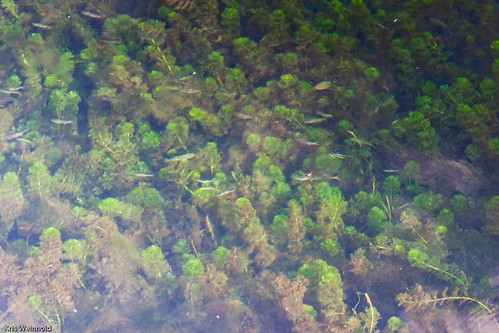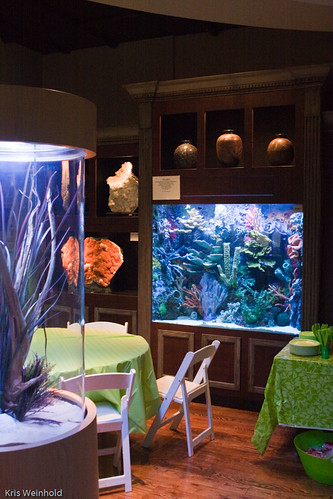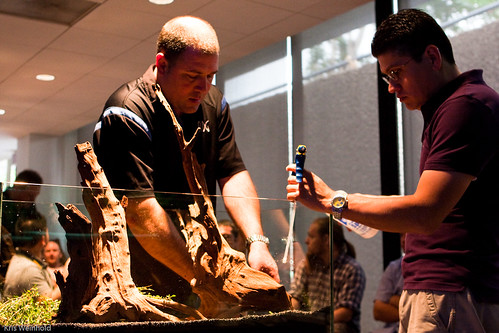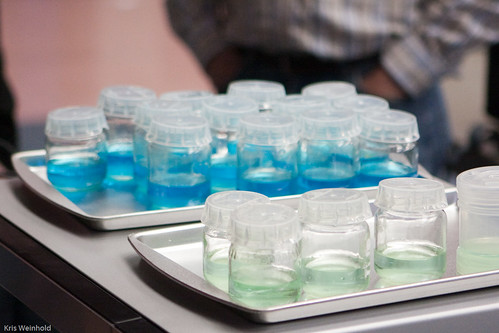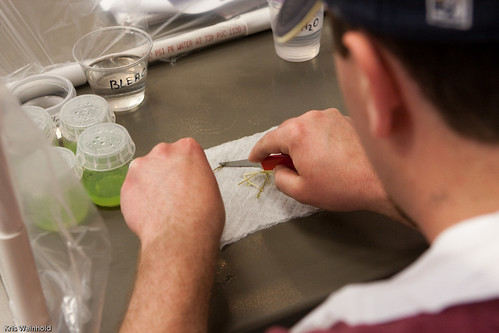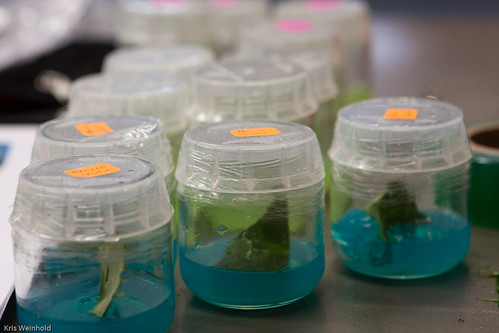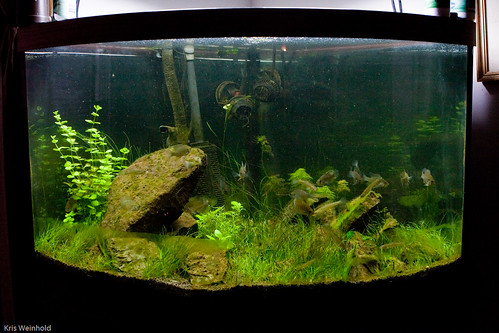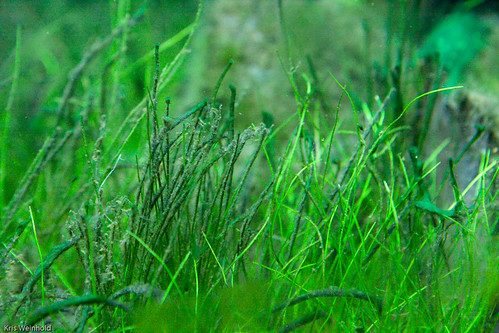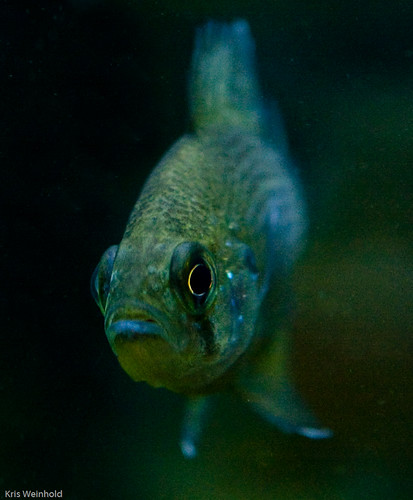After our tissue culture workshop on Saturday, one of the attendees offered to take a few of us on a tour of the U.S. Botanical Gardens Production Facility where she volunteers. I have been to the U.S. Botanical Conservatory downtown in the city, but the production facility is a set of more than a dozen greenhouses which support the conservatory and other federal initiatives.
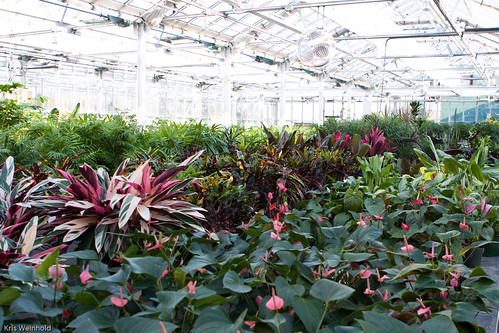
Simply put, this tour was a plant geek’s heaven! The size of the greenhouses are tremendous, and the vast quantity and variety is probably beyond compare in the country. The only thing I noticed they were missing was a large aquatic plant section, but that’s more than forgivable.
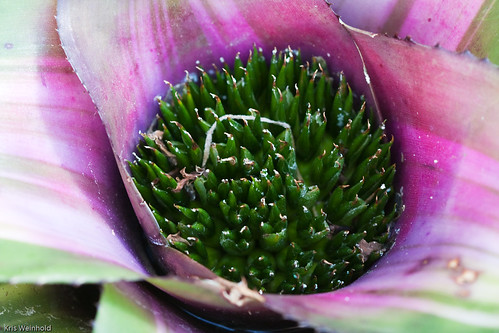
They had one greenhouse entirely dedicated to houseplants. Why would a place like this waste space on plants you can pickup in any hardware store or garden center? They provide a service to congressman who need plants for their offices. Each office is allowed to pick out up to six plants per year. If they kill more than that, they’ll have to get their own plants!
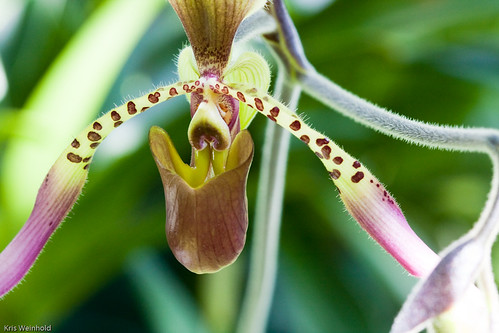
Just like at the conservatory downtown, the premier greenhouse at the production facility is their orchid room. I’m not someone who knows a lot about orchids, but some of the other members in my group were pretty bowled over by the species they saw in this room. One of the volunteers told us that this facility is one of two in the country that is legally permitted to grow out restricted orchids if they are confiscated by growers or poachers possessing them illegally.
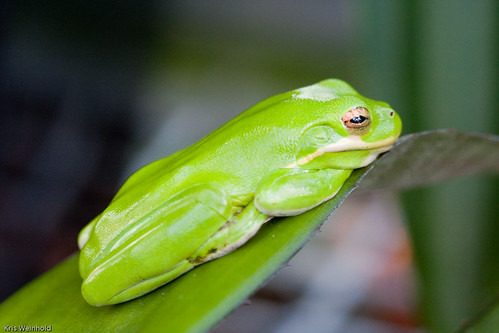
The facility does have to use pesticides to control pests from taking over their greenhouses. They mentioned that they often see the notorious D.C. cockroach, which is several inches in length. Aphids, bacteria, funcus, and others give them trouble just like in any garden. Of course, some favorable intruders take up residence as well, such as the common tree frog above.
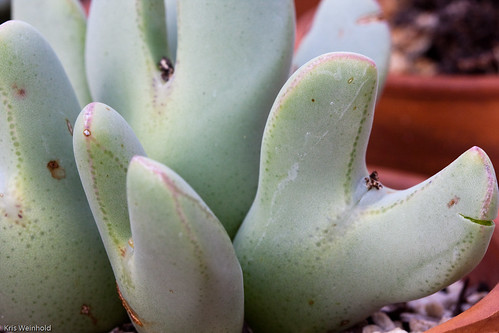
One of their other greenhouses consisted entirely of succulents and cacti. Of all of the areas, this greenhouse by far had the most bizarre looking plants. These cacti were so specialized to their environment, that they looked other-worldly. Some looked like rocks, plastic, wax, etc. Really neat plants!
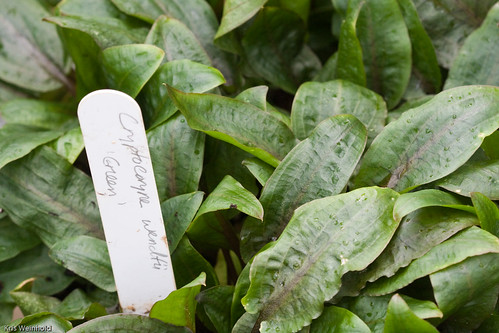
Of course, I did finally find a few aquatic plants. I remembered that they had some Cryptocoryne in the gardens downtown, so I knew that they must have some in the greenhouses. Sure enough, we found several pots of lush Cryptocoryne wendtii, both red and green varieties. We also saw some Anubias species, and a couple of other water plants.
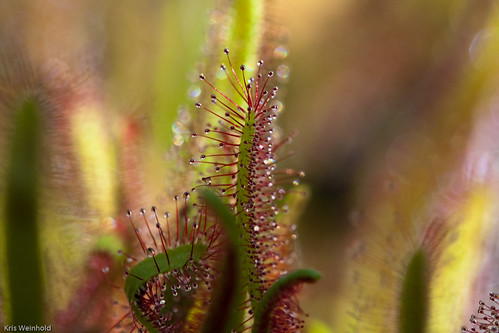
Another greenhouse had bog plants, including many varieties of sundews (shown above), venus flytraps, pitcher plants, etc. With so many carnivorous plants in one place, I did wonder if they have to add flies to the greenhouse, or if they artificially feed them. Unfortunately, I never got to ask that question.
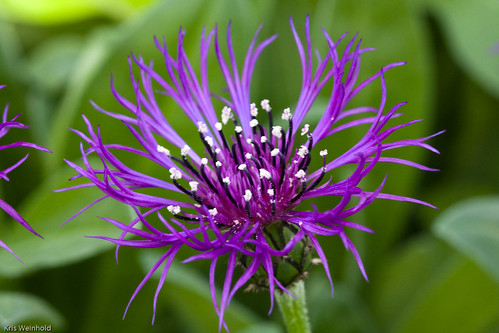
We noticed in one of the other greenhouses that the majority of the plants had either purple leaves or flowers. Before we could ask, our volunteer explained that purple is Michelle Obama’s favorite color. Therefore, for an upcoming event involving past and present First Lady’s, they are preparing a slew of purple plants to transplant into the White House garden, and other beds.
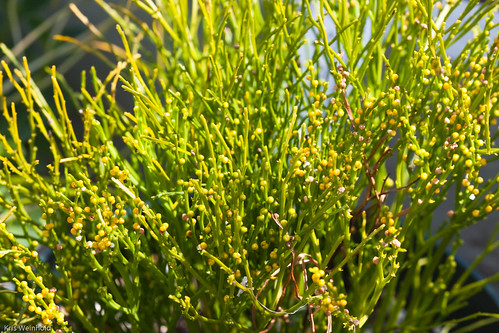
The shear variety of plants in this facility was astounding. I took far more pictures than I can narrate in a single post. Therefore, the rest of my post is made up purely of some other pictures I took there. I hope you enjoy them as much as I enjoyed my visit of the U.S. Botanical Gardens Production Facility.
Read the rest of this entry »

